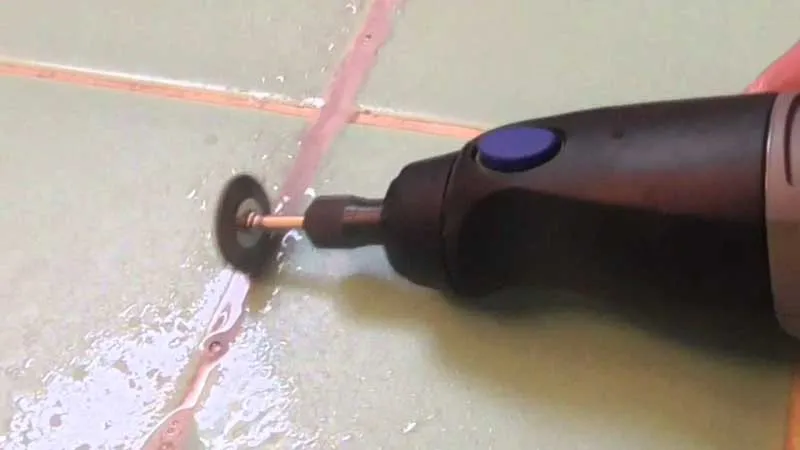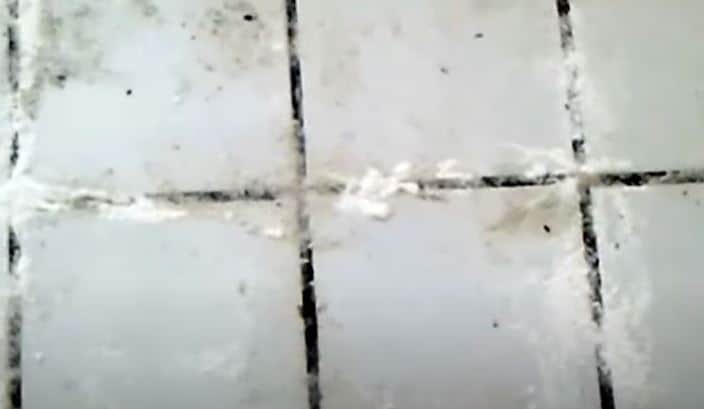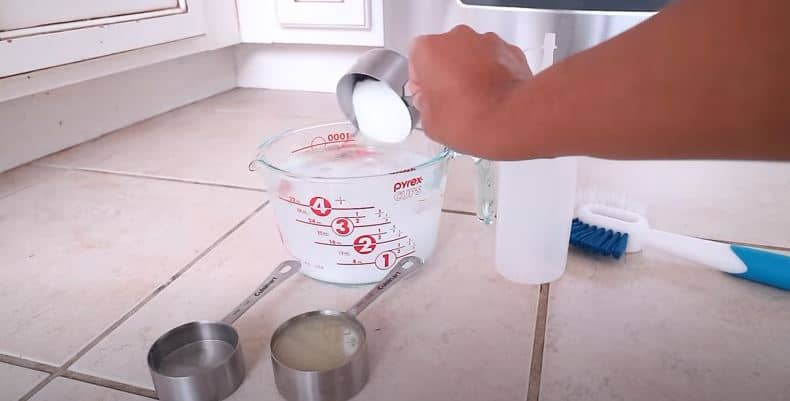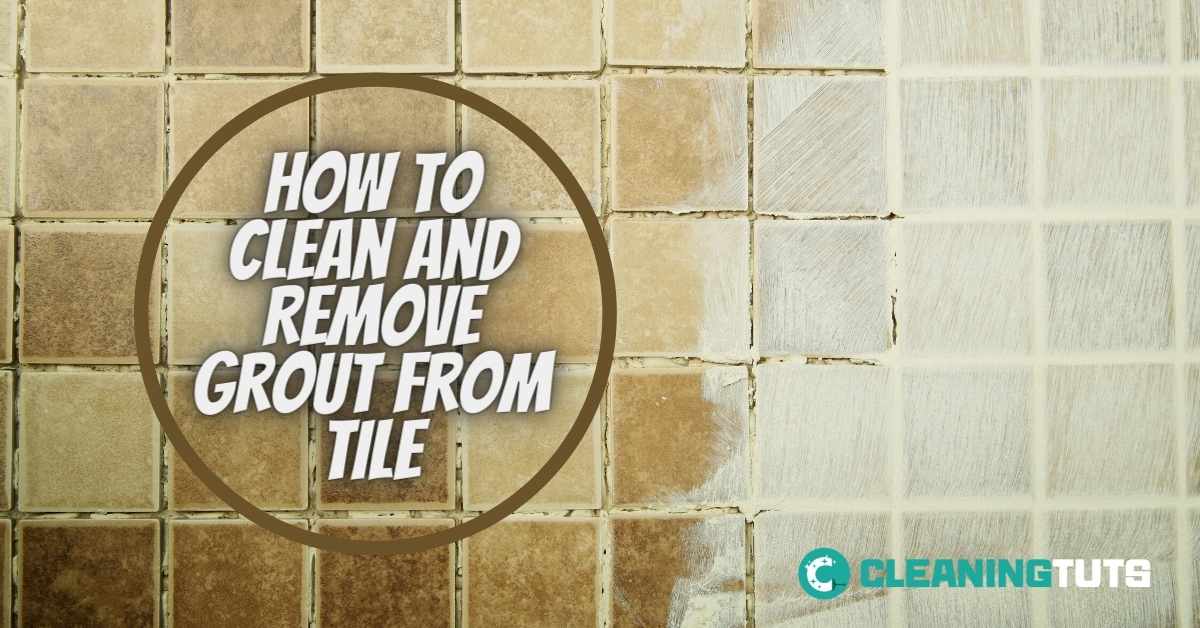How to Clean and Remove Grout from Tile?
You will see grout in between the tiles of both the floors and as well as the walls. The grout can be of many colors, usually, one that complements that of the tiles’. Grout tends to strengthen the tiles and also give them a better look. However, grout does tend to get dirty and discolored over the years, which does not look good at all.
You may clean with the best tile vacuum and mop your tiles all you want, but if you have unclean grout, your floor will still look dirty. It is mostly the grout of the tiles on the floor that you will have to clean most often. But there are certainly different methods for cleaning the various types of tiles out there.
How to Clean Tile Grout?

Depending on the durability of your tiles, and the materials they are made from, you will have to decide on which method to use in order to clean the grout. There are some ways that can be more damaging to certain tiles than others.
How to Clean Grout With Oxygenated Bleach?

- This is a cleaning agent you can find in any supermarket. This is a solution that is suitable for all types of tiles, even those made from stone, like travertine tiles.
- Take 2 tablespoons of the oxygenated bleach and two cups of plain warm water. Mix these in a bowl or cup, right before you start the cleaning process.
- You will also need a thin but stiff nylon brush that can target the grout and clean it properly. Remember that this solution may damage colored grout, so you should test it out in a corner of the tile before you start applying it generously everywhere else.
- Pour out only a little amount of the mixture at a time, and cover small sections of the grout in every turn. Clean the grout lines, little by little, by scrubbing them with the nylon-bristled brush.
- Dip the brush into the solution frequently, or pour it over the lines, in recurring intervals, to renew the cleaning strength of the agent. You will see that a sure change is coming to the look and color of the grout between your tiles.
- When you are done cleaning the whole surface, pour cool, plain water all over the tiles. Then, mop up all the dirt and bleach, dry the floor with a rag, and check how well you and the cleaning agent did.
How to Clean Grout with Vinegar and Baking Soda?

- There is another method you can try, which involves the use of materials found right at home. Unlike oxygenated bleach, this solution will not discolor any grout. However, it is harmful to tiles that are made purely from stones. You can use it for porcelain tiles, ceramic tiles, and most others. You might also need to remove paint from ceramic tile.
- To create the cleaning solution, mix 3 parts baking soda, and one part water in a bowl. This will form a paste, which you can then apply with gloved hands. Just take some on your fingers and spread it over the grout lines.
- Next, get a spray bottle, where you will mix equal parts of water and white vinegar. Spray this mixture on the already covered grout. Let that sit for a minute or two until the substances stop bubbling. The bubbling process shows that the vinegar and soda are reacting and working on the grout.
- Now, you can use a plastic or nylon brush with stiff bristles, to scrub at the grout lines. The cleaning agents will already have worked their magic, so if you scrub, the stains and dirt will come off easily.
- The scrubbing will take some time, but once you are done, pour plain water all over the floor and mop up the area immediately. Then, use a cotton rag to dry the floor, making sure all the dirt has been removed. If you are cleaning a pool tile with vinegar, you can also use a pressure washer.
How to Remove Grout?
- If your grout is too old, then this type of cleaning will be of no use. In that case, you will need to remove the existing grout and apply a new layer. This is a very simple but time-consuming job, but it will have to be done if you want clean, fresh-looking tiles.
- Get a chisel or utility knife, which you can use to poke out the grout between the tiles. Carefully use any of these sharp objects to break and remove the grout.
- It may take a few tries to pick out the hardened grout from between the tiles. During this process, you may even risk damaging the tiles on your floor. Try to be gentle with your knife or chisel and focus only on the grout lines.
- Slowly move further along the tiled wall or floor, as you poke out the grout. When you have removed all of it, you can sweep away the pieces of grout that came loose.
- Remove all the dust and debris with a broom, and mop up the floor with plain water and a sponge. Once the tiles are clean, they will be ready for a new layer of grout.
What Methods Can I Use to Clean Grout from Tile If Mopping Isn’t Working?
When mopping isn’t enough to clean grout from tile, you can try using DIY dirty tile cleaning solutions like vinegar and water, baking soda paste, or hydrogen peroxide. These methods can help to break down dirt and grime and restore the appearance of your tile and grout.
Conclusion
There you have it! Two very simple ways to clean up your grout, and an easy trick that shows you how to remove it, if needed. However, I recommend you to seal the grouts before it gets dirty. We have the best tile grout sealer reviews here.
It is very important to clean out floors and walls at least once a month. This is of course too much work for every day, but don’t worry, you will only need to do this once in a while.
And if your grout has become far too old and discolored to be cleaned out, then you will have to regrout your floors and walls. In that case, knowing how to remove the grout and then to start over with new, clean tiles, is necessary. We recommend using good quality mops with sponges to reduce the depreciation rate.

